Serving tech enthusiasts for over 25 years. TechSpot means tech analysis and advice you can trust.
When you buy through our links, we may earn a commission.
With a fresh new year, it's the perfect time to refresh our ultimate gaming monitor buying guide. This comprehensive overview highlights the top displays across key categories, including 4K, 1440p, ultrawide, high-refresh-rate, and 1080p monitors, all based on our extensive testing.
It's worth mentioning that before updating this guide, we recently went deep into a few specific categories: 4K gaming monitors, budget 1440p monitors, and best value options. So if you want even more thoughts, and even more recommendations, those dedicated articles are worth checking out. But if you're not settled on a category yet and want a broad overview of the best monitors on the market, this is your starting point.
These recommendations are based on extensive hands-on testing. Nearly every monitor on this list has been put through its paces by us, with full reviews available here at TechSpot or at Monitors Unboxed on YouTube. Whatever your gaming needs, this guide is packed with options to help you make the right choice.
Best 1440p Gaming Monitor
Asus ROG Strix OLED XG27AQDMG 27"

For those after the ultimate 1440p gaming monitor, we currently recommend the Asus ROG Strix XG27AQDMG. This is their new glossy WOLED monitor offering a 27-inch panel size, 1440p resolution, and 240Hz refresh rate with adaptive sync. For most gamers after a high-end, brilliant gaming display, the XG27AQDMG offers an excellent range of features and performance at a solid, though high-end price.
There are a few reasons why we recommend this specific model. First, it's an OLED, so it features individual pixel control and elite response times, making it particularly well-suited to HDR gaming. Its transition speed at 240Hz results in motion clarity that's roughly equivalent to 360Hz LCDs, and these benefits are seen at lower refresh rates as well, making it highly versatile for all sorts of gaming, whether we're talking singleplayer or multiplayer.
The HDR performance on offer is very good, leading to excellent image quality particularly for single player experiences. We get deep zero-level blacks and tight control over highlights, which produces clean HDR imagery free of zone artifacts. This particular WOLED has decent brightness too for both high and low APL content, in addition to a glossy coating that preserves good black levels and is free from coating grain.
The XG27AQDMG is relatively affordable as far as OLEDs are concerned, slotting in at $650 to $700. Yes, that's still an expensive price tag overall, but this Asus model is better than its competitors, which start around $600, particularly for brightness.
Alternative Choices
Some alternate choices to consider are as follows. Get the Asus ROG Swift PG27AQDP if you want a 1440p 480Hz OLED with the best motion clarity on the market and are willing to pay $1,000 for the privilege. It's expensive, but truly stunning for multiplayer gaming.
Get a 360Hz QD-OLED like the MSI MPG 271QRX, Dell Alienware AW2725DF, or Gigabyte Aorus FO27Q3 if you want a slightly higher refresh rate than the XG27AQDMG but don't want to go all the way up to 480Hz. Typically, they cost about $50 to $100 more than the Asus model, and this group of QD-OLEDs all offer similar performance.
Asus ROG Swift PG27AQDP
With that said, we would generally only recommend OLED for content consumption, such as gaming or watching videos. There is a risk of permanent burn-in with OLEDs, exacerbated by static content like you would see when using productivity apps and web browsers. For mixed use cases, or situations where you primarily use your display for work, it's difficult to recommend an OLED right now.
On a Budget
For budget 1440p gamers, there are two paths we would consider at the moment. The first path is HDR gaming, and for that, we recommend the AOC Q27G3XMN. It's a 27-inch 1440p 180Hz VA LCD with 336-zone local dimming, and at just $280, it's one of the cheapest and best entry points to HDR gaming on the market right now.
It absolutely destroys most monitors advertised to support HDR, which mostly only have pathetic, useless edge-lit dimming. While below an OLED in terms of HDR performance, the Q27G3XMN offers reasonable full-array dimming capable of producing deeper blacks and a higher-than-standard contrast ratio.
AOC Q27G3XMN
Peak brightness is in the 1,300-nit range too. However, for gamers after the best motion clarity, this VA LCD isn't the best in that area, so it's a trade-off between contrast capabilities and speed. We also had some concerns over backlight zone flickering. But generally, if you have just $300 to spend and want a true HDR gaming monitor, this AOC display is the way to go.
The second path to consider is if you just want a budget, bang-for-buck 1440p monitor and don't care too much about HDR. The golden price zone for these displays right now is between $180 and $230 – we just wouldn't pay much more than that for a 1440p mid-refresh non-HDR monitor right now.
Dell G2724D
Our go-to option that we think generally offers the best value is the Dell G2724D, which can be purchased for a little under $200 most of the time. It's a 27-inch 1440p 165Hz IPS that typically performs as well as more premium offerings.
Buy the Dell if you want a balanced experience between all areas, well-optimized response times on average, and good viewing angles. It won't blow you away with its capabilities, but it's an excellent entry point to 1440p at an astonishing price.
Other products to consider depending on the price include the MSI G274QPF-QD, Gigabyte M27Q series, LG 27GP850 and 27GP83B, and even the Asrock PG27QFT2A if you want to get a cheap, somewhat compromised yet still functional display. All of these products, we think, are good in various ways and have received positive reviews or recommendations.
Best 4K Gaming Monitor
Choose Your Favorite 4K OLED

The ultimate 4K gaming monitor right now is one of the many 4K OLEDs that hit the market in the first half of 2024. OLED brings lightning-fast response times and individual pixel control, resulting in excellent HDR gaming. When you step up to 4K, you get a higher resolution, better text clarity, and a larger panel size, making these displays some of the best on the market overall.
There are two main 32-inch 4K 240Hz OLED panel variants available today: QD-OLED and WOLED. The best choice for you will depend on your preferences. For example, QD-OLEDs are generally glossy, and WOLEDs are usually matte. QD-OLEDs typically have wider color gamuts and higher color brightness, but WOLEDs tend to have stronger brightness in brighter scenes and include dual-mode functionality that allows them to run at 1080p 480Hz. There's no correct choice here, and we don't believe one panel is clearly superior to the other; they offer different features and characteristics.
The good news is that you can't really go wrong picking a 4K OLED. Almost all of the 4K models we've tested perform very well, and especially among the QD-OLED pack, the various options perform very similarly.
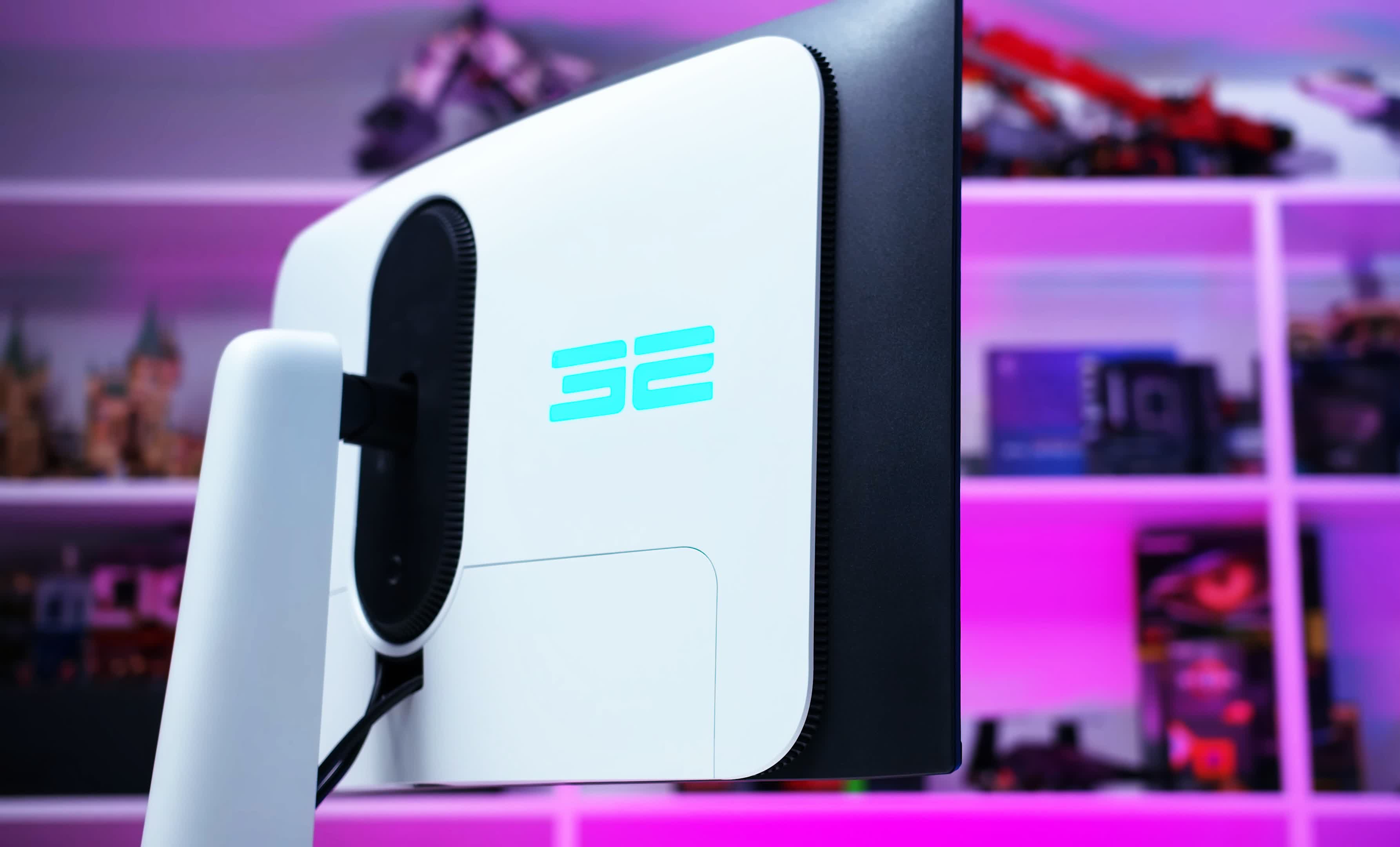
Dell Alienware AW3225QF 32" Curved 240Hz QD-OLED
4K QD-OLED
If you decide to go with a QD-OLED, we can recommend all of the options mentioned below simply because they all use the same panel – and it's an excellent panel for gaming.
To make a choice here, it's best to focus on any specific features you'd like, such as Dolby Vision or unlocked color modes, as well as pricing in your region: the Asus ROG Swift PG32UCDM, the MSI MPG 321URX, the slightly cheaper MAG 321UPX, the Dell Alienware AW3225QF, and the Gigabyte Aorus FO32U2P, plus the slightly cheaper FO32U2. You should also consider the Samsung Odyssey OLED G80SD that we haven't tested.
4K WOLED
There are also the 4K WOLED options to consider, which are typically more expensive than the QD-OLED models but offer dual-mode 1080p 480Hz functionality. If you think you'd use dual mode, for example in fast-paced competitive games, then grab a WOLED like the Asus ROG Swift PG32UCDP.
It's also a great monitor, a little different from the QD-OLEDs, but it certainly gives you that high-end 4K OLED experience that should blow you away with its motion clarity and HDR presentation.
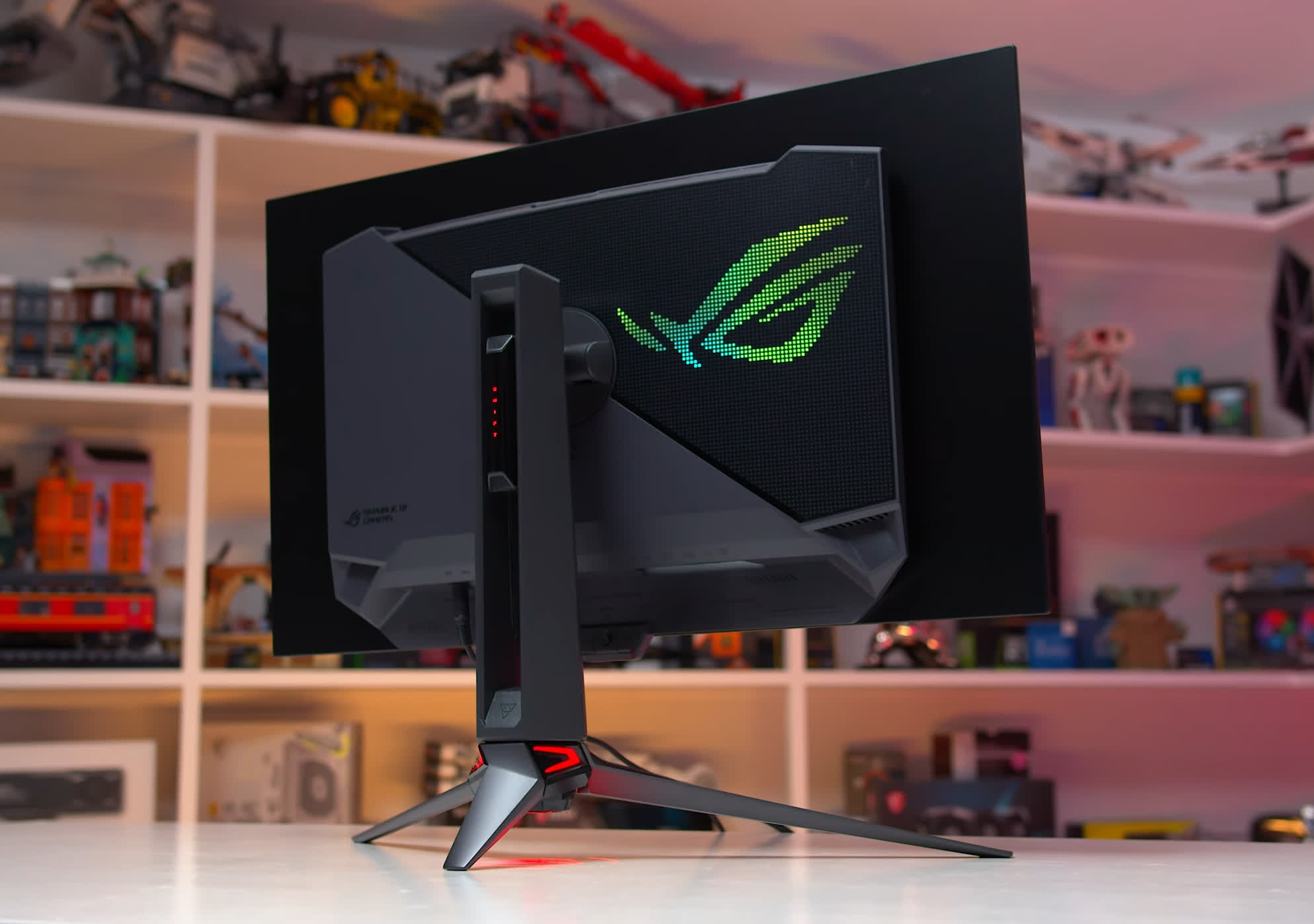
Asus ROG Swift PG32UCDP
These 4K OLEDs start at around $900 and can reach upwards of $1,400, so they are not going to be for everyone. But luckily, there are still a bunch of great, budget-oriented 4K LCDs to choose from if you want to enter the 4K ecosystem for more like $400 to $500.
These lower-cost models are great choices because they're versatile, featuring a nice balance between gaming and productivity performance, and being an LCD, they won't burn in over time when displaying static apps and content. You won't get true HDR for $400, but there are still plenty of reasons to choose something in this category.
Budget 4K Choices
Two main budget options we think are worth considering are the Gigabyte M27U and the LG 27GR93U. Typically, the M27U is a little cheaper, coming in at $400, whereas the LG model is ~$30 more expensive.
Both are balanced monitors offering motion performance in line with today's IPS LCDs: the M27U at 160Hz and the 27GR93U at 144Hz, both 27 inches in size. There's a wide gamut experience on offer, decent factory calibration, and of course the excellent resolution of a 4K panel that's well-suited to productivity work as well as gaming. There are no areas of performance that especially stand out, but no deal-breaking flaws either.
Gigabyte M27U
The LG model is a little better tuned from the factory and supports hardware calibration, so in our opinion, it's the slightly better model overall. LG also offers a larger variant, the 32GR93U, which we'd recommend if you're interested in a 32-inch panel size rather than 27 inches.
On its best days, it will set you back $520, which is a fair price, and like the smaller variant, it's an excellent, versatile display with a nice large size that's well-suited to productivity work.
LG 27GR93U
Best High-Refresh Multiplayer
Asus ROG Swift PG32UCDP | Asus PG27AQDP

Much of what we discuss in these monitor buying guides is geared towards versatile gaming monitors or categories that mostly benefit single player gamers, like HDR. But if you're a multiplayer gamer, and all you do is enjoy competitive shooters and the like, what you're after is going to be very different from people that want a display to enjoy excellent graphics or to use for part-time productivity.
So this time we're adding a dedicated category for multiplayer monitors.
The key features to look out for multiplayer gaming are refresh rate, response times, motion clarity, and input lag. Higher refresh rates are clearly better for competitive games as they lead to smoother gameplay, better clarity, and lower latency. Fast response times reduce ghosting and blur, and features like backlight strobing can take clarity to the next level.
If you're not interested in using backlight strobing due to its complexity and downsides, the best monitors for motion clarity right now are 480Hz OLEDs.
Asus ROG Swift PG32UCDP
You can get this either through a 1440p 480Hz WOLED like the Asus ROG Swift PG27AQDP, or a 4K 240Hz WOLED with 1080p 480Hz dual mode, and here we recommend the Asus ROG Swift PG32UCDP.
Both are truly excellent products with elite motion clarity equivalent to a theoretical 700Hz LCD. This level of clarity is accessible with full adaptive sync variable refresh rate and HDR compatibility, if you want to use those features, and input latency is really low, which makes them fast and responsive to use.
Outside of the "best of the best" OLEDs, multiplayer gamers will also benefit from most other OLEDs on the market that feature a refresh rate of 240Hz or higher. A 240Hz OLED is simply faster and clearer than a 240Hz LCD, and 360Hz is a step up again.
How much refresh rate you need will depend on the games you are playing and how many FPS your PC can output – there's no difference in clarity between a 240Hz OLED and 360Hz OLED when both are run at 200Hz for 200 FPS – but at any given refresh rate, an OLED will produce the best clarity. You can't really go wrong with any of the 1440p OLED options we mentioned earlier, including the Asus XG27AQDMG or cheaper models like the AOC AG276QZD.
Budget Options
For more budget-conscious multiplayer gamers that want something bang for buck, we'd consider a 1440p 240Hz LCD. You really don't need HDR for multiplayer as many titles don't even support it, in which case the lack of HDR in these LCDs is perfectly fine.
Motion clarity won't be as good as an OLED, but at 240Hz you'll generally still be treated to low input lag and a nice fast experience. Like we mentioned in the 1440p section, we'd recommend the MSI G274QPX or the LG 27GR83Q in this category, which can be found for a little over $300.
The Esports Niche
If you want the absolute best motion clarity and are willing to enable backlight strobing, this is where we start getting into niche high-refresh 1080p TN monitors.
Backlight strobing improves motion clarity through pulsing the image, inserting black frames, and a bit of trickery – the best implementations like ULMB2 and DyAc+ work really well, especially in conjunction with high 360Hz and 540Hz refresh rates. But there are also downsides, like how it requires a very specific setup for the best experience with locked frame rates and variable refresh disabled. It's a pro-level feature.
BenQ XL2566K
Our picks here are the Asus ROG Swift Pro PG248QP, priced at a whopping $730, as well as the comparatively more affordable BenQ XL2566K at $550. Both are 24-inch 1080p TN LCD monitors. The Asus option goes up to 540Hz and the BenQ up to 360Hz, both offering elite-tier backlight strobing support.
The main benefit of going with the Asus PG248QP here is the higher refresh rate for better motion clarity and input lag, as well as its elite ULMB2 backlight strobing technology. It's the clearest, fastest LCD we've tested so far, though its stupidly high price tag is very off-putting. The BenQ XL2566K isn't quite as fast, but it's cheaper, and its DyAc+ backlight strobing tech also performs very well.
As both the Asus and BenQ options use TN panels, they are designed exclusively for high-performance gaming and not visual quality. They have atrocious viewing angles and are nothing special when it comes to other aspects of image quality, like contrast ratio or color gamut. But for competitive shooters where you need to see your enemies with extreme clarity? They're awesome for that.
Best Ultrawide
Alienware AW3423DWF 34" QD-OLED
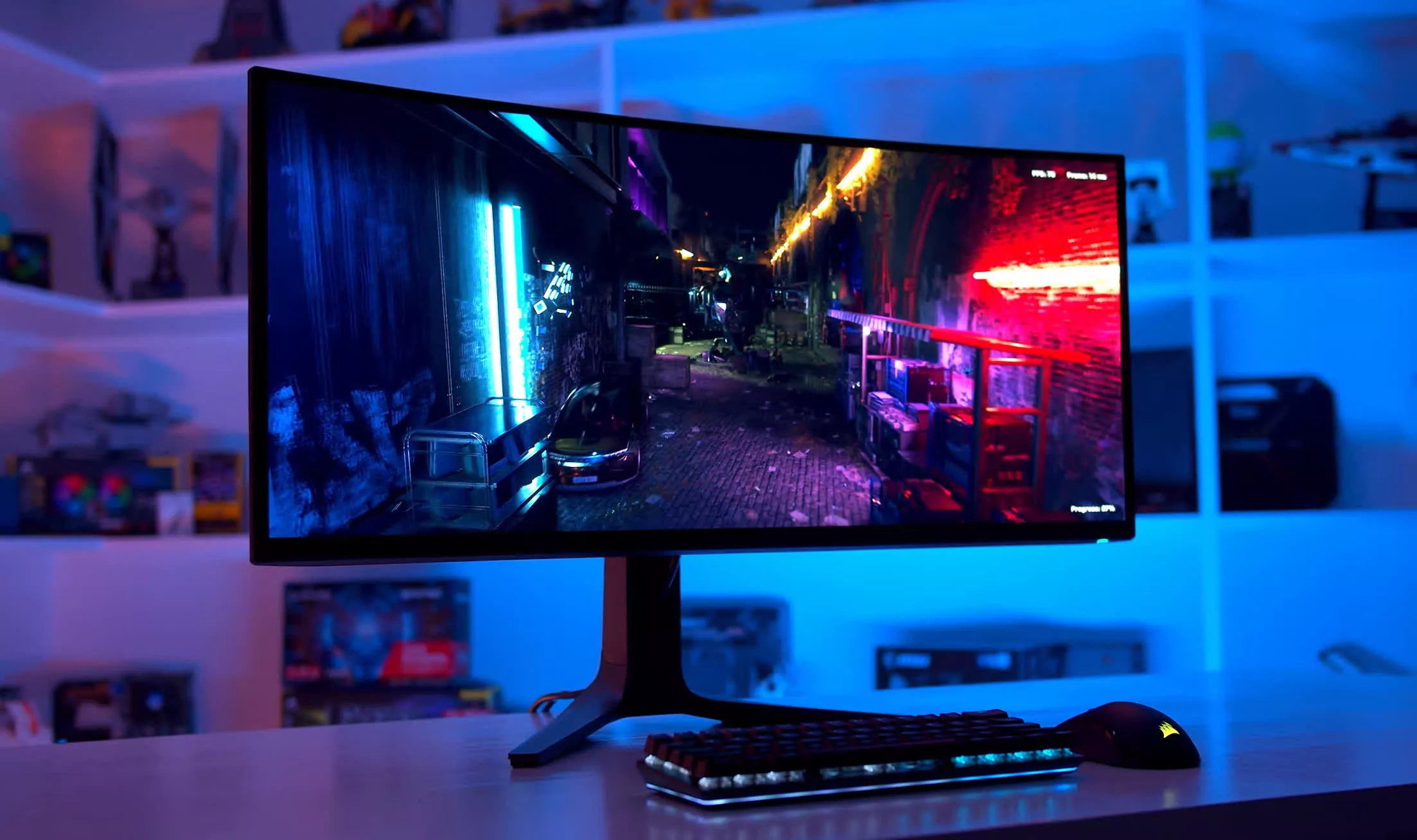
While we have tested more ultrawide gaming monitors since the last time we recommended this Alienware monitor, our opinion remains that the Dell Alienware AW3423DWF is the best in this category. At just $700 - $800 these days, the AW3423DWF is rarely beaten for value, and thanks to the latest suite of firmware updates, it also offers excellent performance.
This Alienware is a 34-inch 3440x1440 165Hz QD-OLED, bringing benefits like elite response times and per-pixel control. This panel can hit up to 1,000 nits of brightness for small elements and just looks great displaying HDR content, making it highly suited to single player gaming, especially with the immersive ultrawide format.
It's not the fastest OLED going around these days now that we have 360Hz and even 480Hz options, but the speed of OLED does allow it to punch above its weight relative to an LCD operating at the same refresh rate.
The DWF model is well-calibrated and has decent SDR brightness. The subpixel layout of this QD-OLED panel isn't ideal for text quality, and like with all OLEDs, there is a risk of permanent burn-in. The glossy screen coating is divisive, offering benefits in low ambient light environments but struggling in brighter conditions.
Solid Ultrawide Competition
There is more competition in this category now though. Newer QD-OLED offerings have increased the refresh rate to 240Hz, but typically this comes with a price premium. We weren't overly impressed with the Gigabyte MO34WQC2, for example, which is retailing for its lowest ever price of $900, a near 30% premium over the Alienware.
Gigabyte MO34WQC2
There's also the MSI MPG 341CQPX, which is a bit cheaper than the Gigabyte, but we haven't tested it. As for WOLED ultrawides, we'd rule them out primarily due to their aggressive 800R curve, which we're not huge fans of, as well as their weaker text rendering and higher price tag. With that said, WOLED is the only way right now to get larger panel formats such as 39 inches and 45 inches.
Also worth mentioning, if you want a super-ultrawide panel, there are 49-inch 5120x2160 QD-OLED panels available at up to 240Hz, providing a 32:9 aspect ratio which is the equivalent of two 27-inch 1440p panels stitched together side by side.
Samsung Odyssey OLED G95SC
Our lukewarm recommendation in this category remains the Samsung Odyssey OLED G95SC, or the G93SC, at $1,200 and $1,000 respectively.
Best 1080p Monitor
AOC 24G4

Not much has changed in the 1080p monitor category over the past few years. These days, the main reasons to choose a 1080p monitor are either to get one of the cheapest displays available or to opt for a super high refresh rate model designed for serious competitive gaming. For anything that falls between these two extremes, we believe 1440p monitors offer better bang for your buck.
In the budget category, we recommend the AOC 24G4, also known as the 24G4X in some regions. This is a newer, better version of the 1080p AOC monitors we've been recommending for some time now, such as the 24G2SP and 24G2. It also outperforms similar budget monitors like the Gigabyte G24F 2, and at around $125, we can't see any better or more reliable choices.
The AOC 24G4 is a 24-inch 1080p 180Hz IPS LCD monitor that, relative to its predecessor, features improved response time tuning and a higher refresh rate. It's not an outstandingly fast display, but it offers a good contrast ratio, wide color gamut, great factory calibration, and low input lag.
This ends up creating a nice overall package that delivers a strong balance of motion performance and color quality. It's common in this price range for one of those aspects to be neglected, but that isn't the case with the 24G4, which is why it's a solid entry-level monitor choice.
If you're after a premium monitor for esports gaming, as we mentioned in the multiplayer section, we'd recommend either the Asus ROG Swift Pro PG248QP or the BenQ XL2566K. Both are 24-inch 1080p TN LCD monitors that offer elite-tier backlight strobing support for excellent motion clarity in competitive titles.
Viewing angles and color performance are pretty bad on these monitors, but they do a fantastic job at improving clarity to make shooting enemies easier.



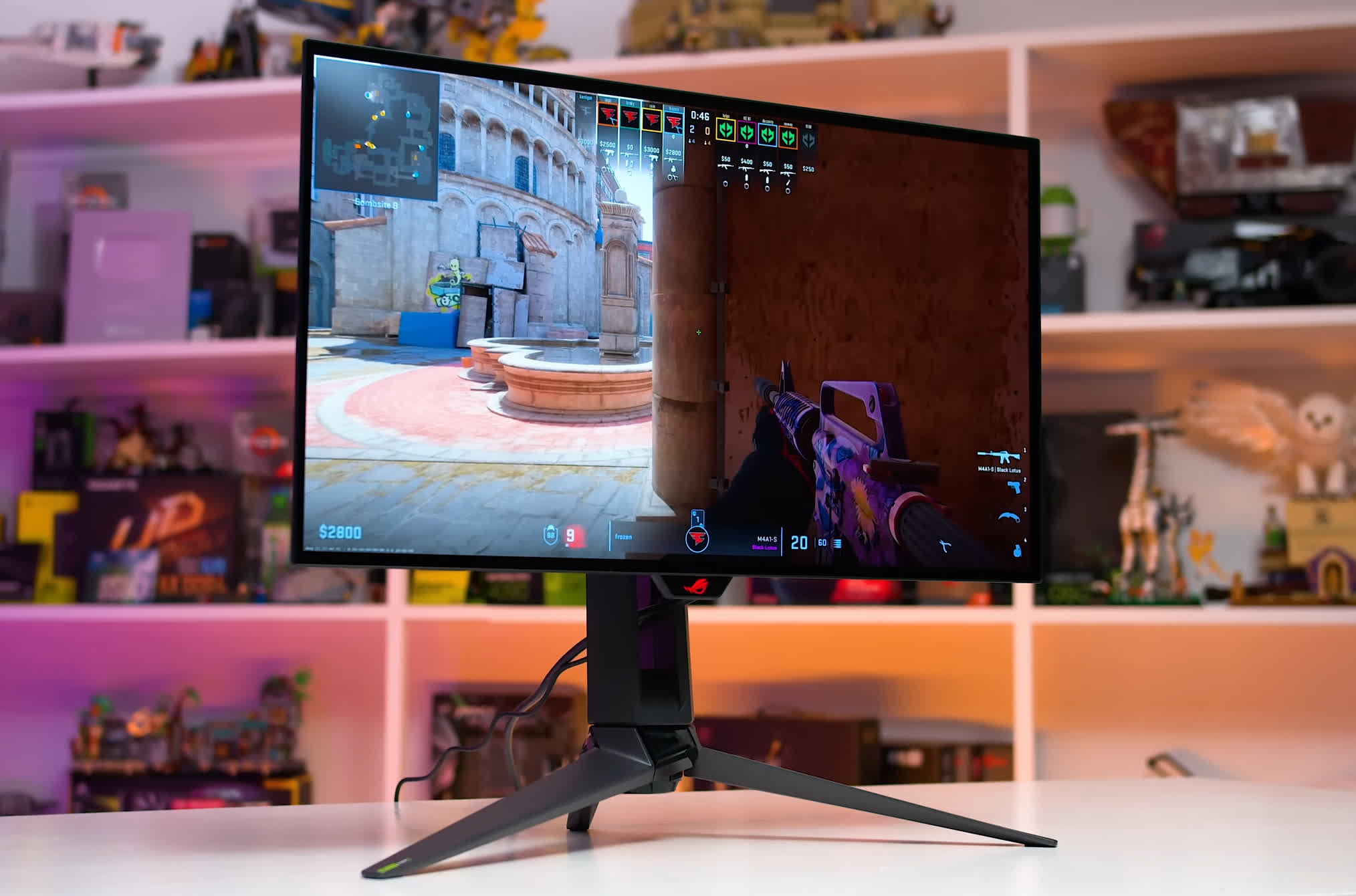
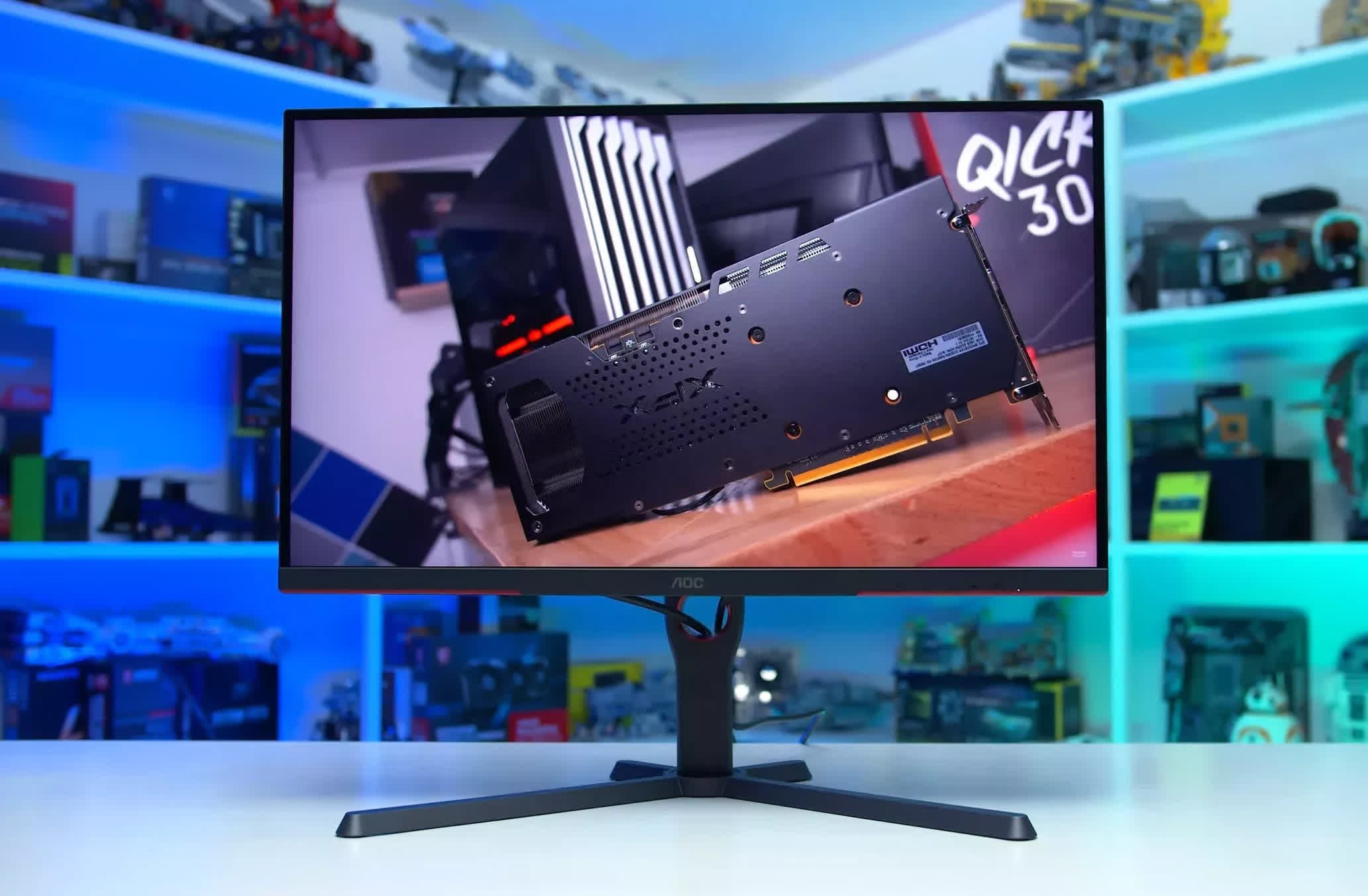
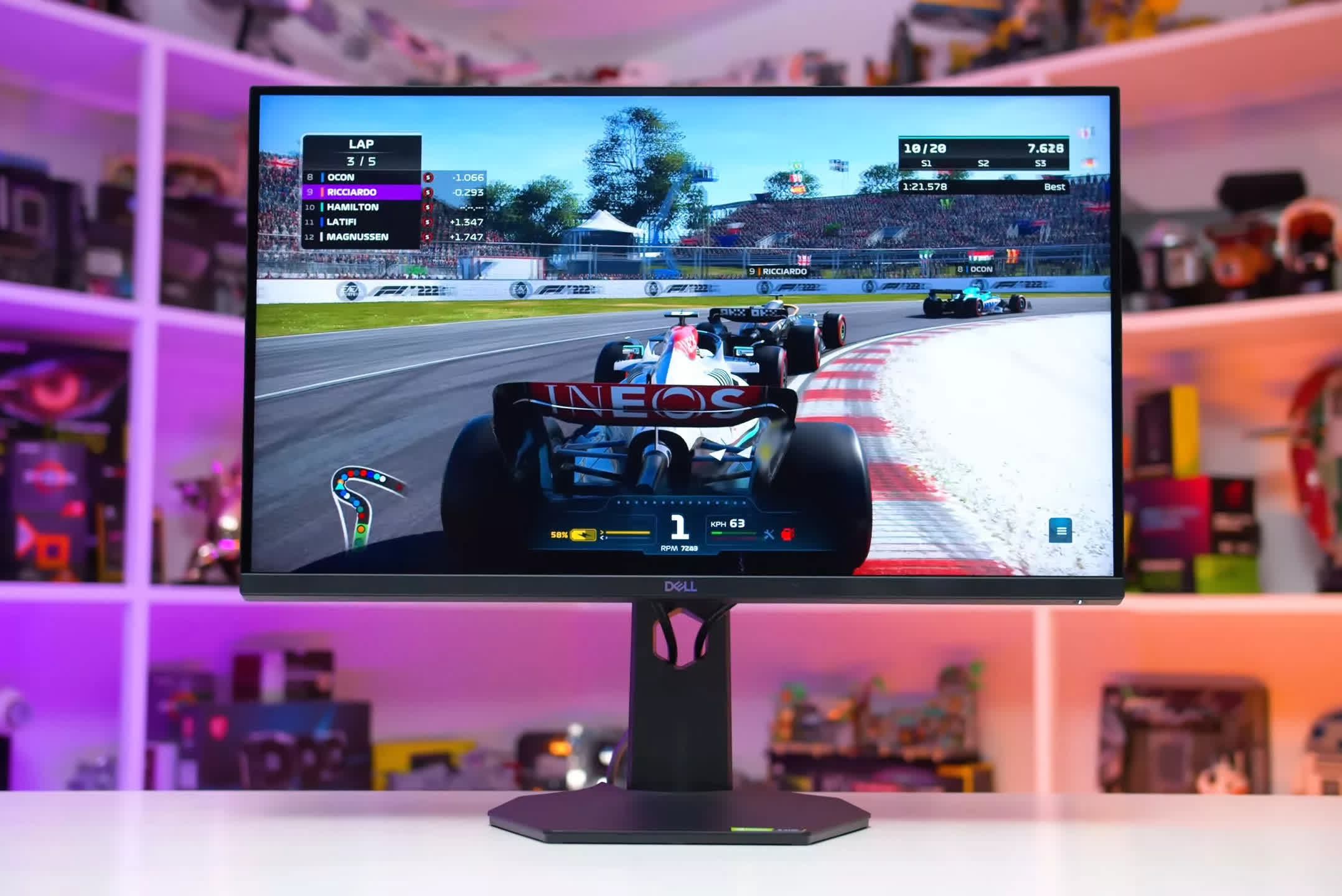

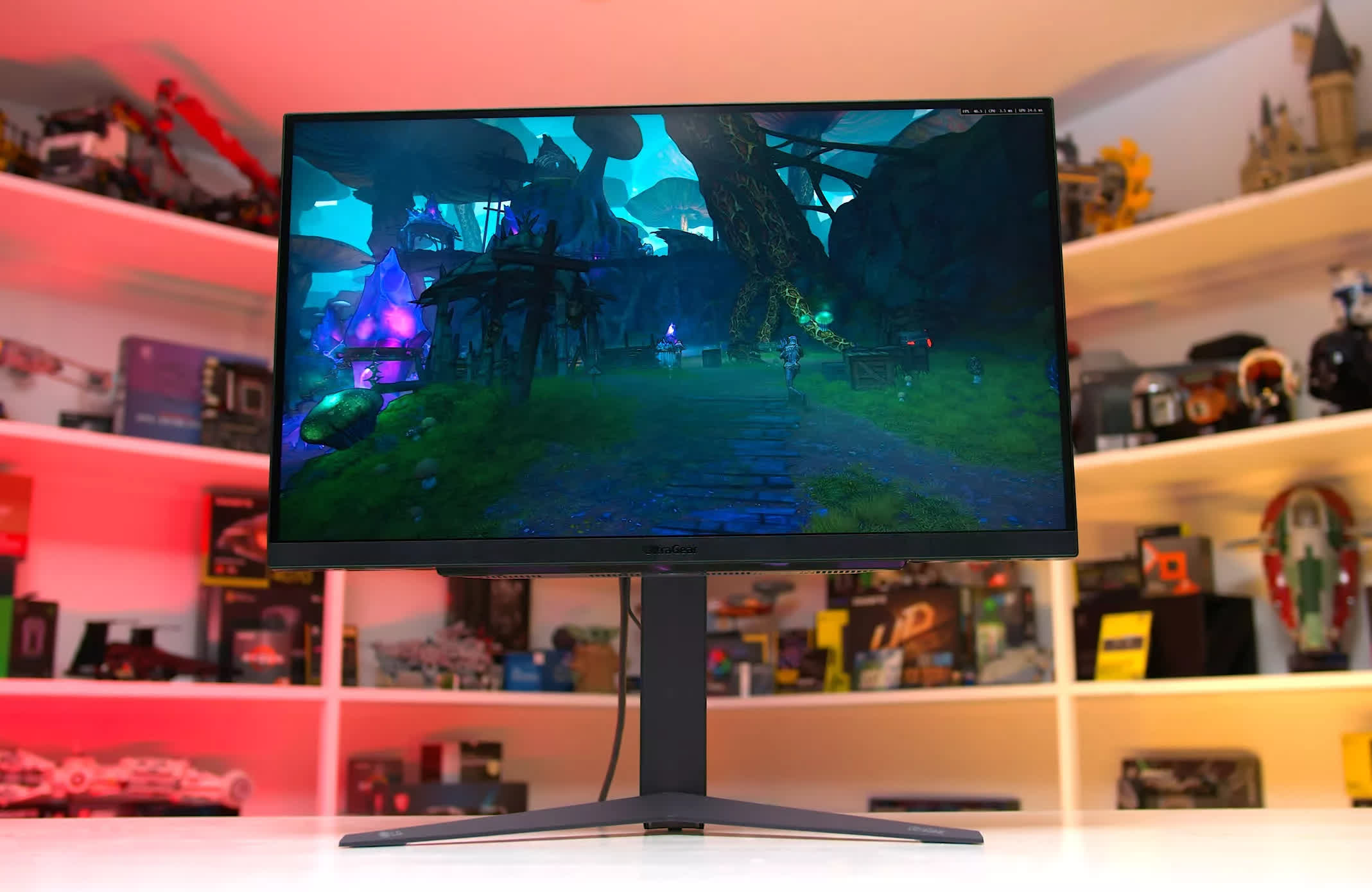
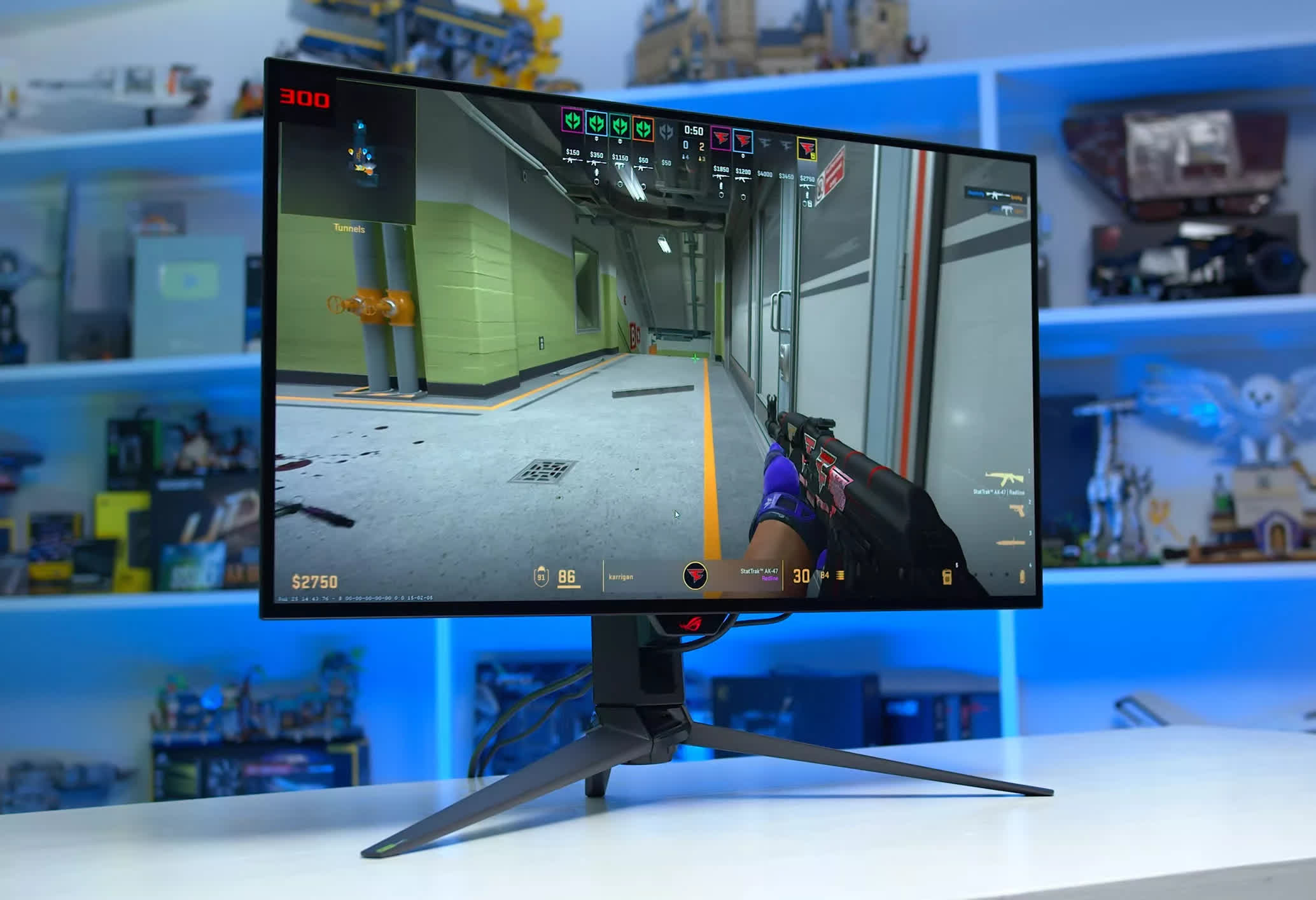
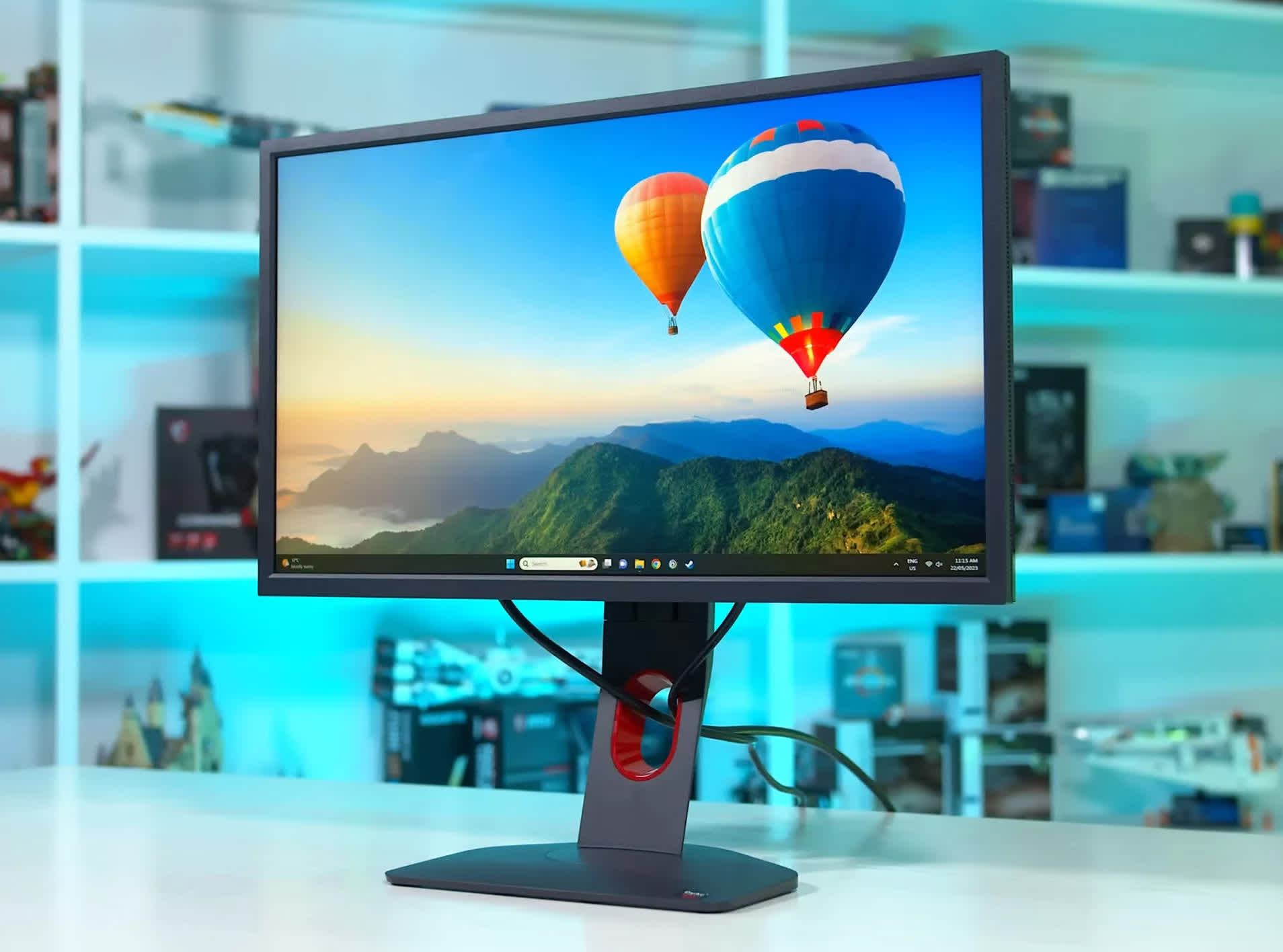
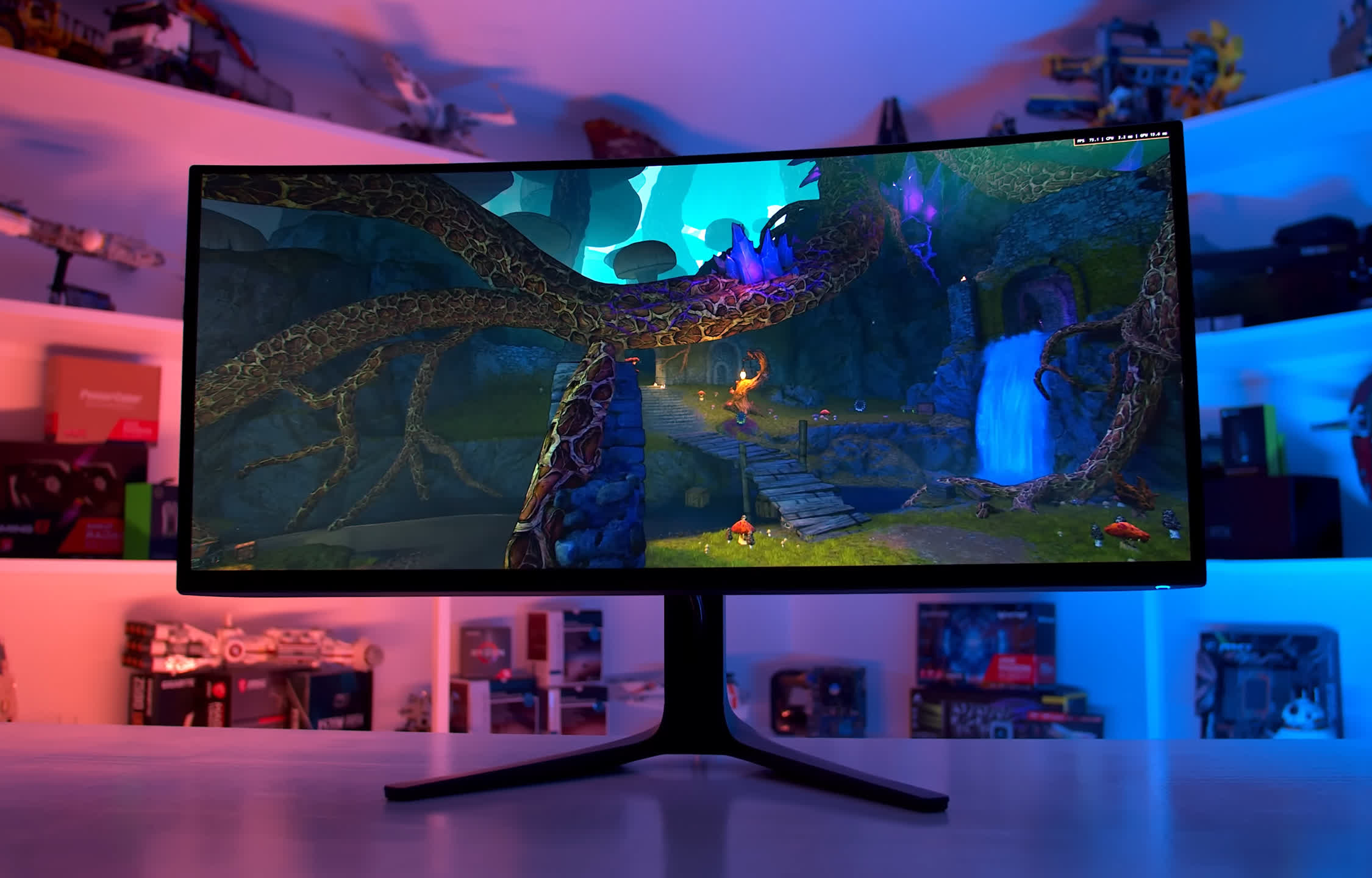
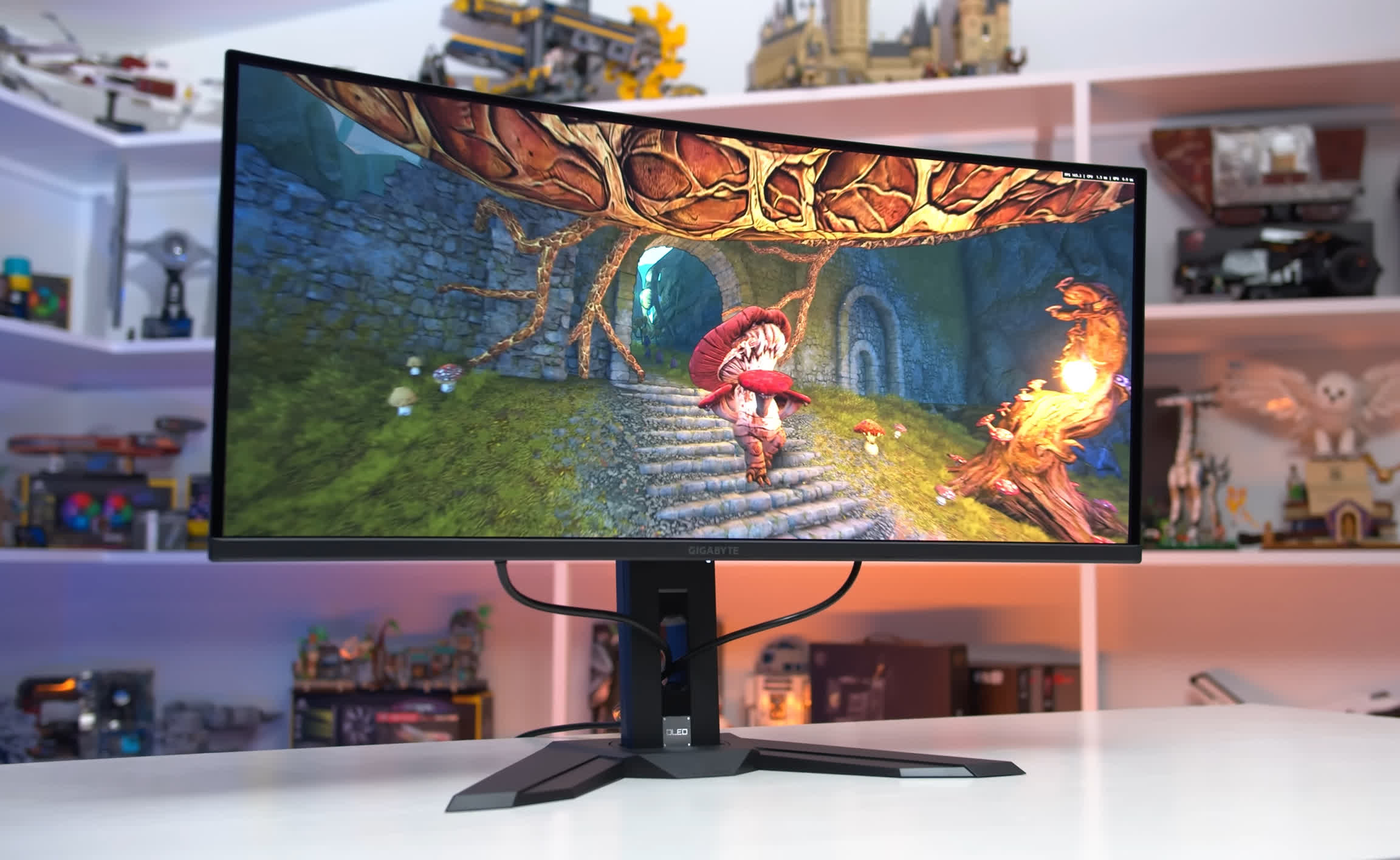
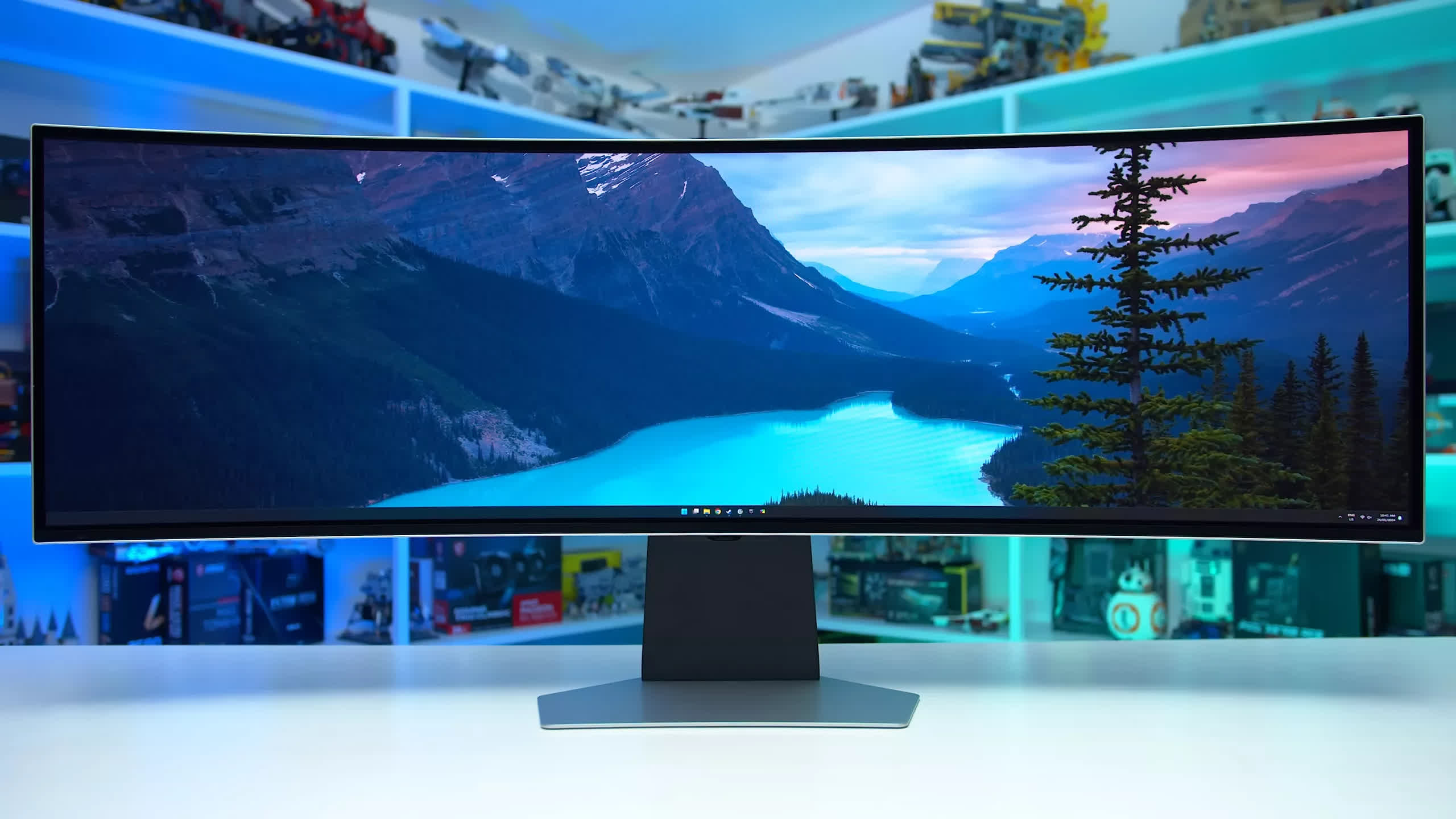
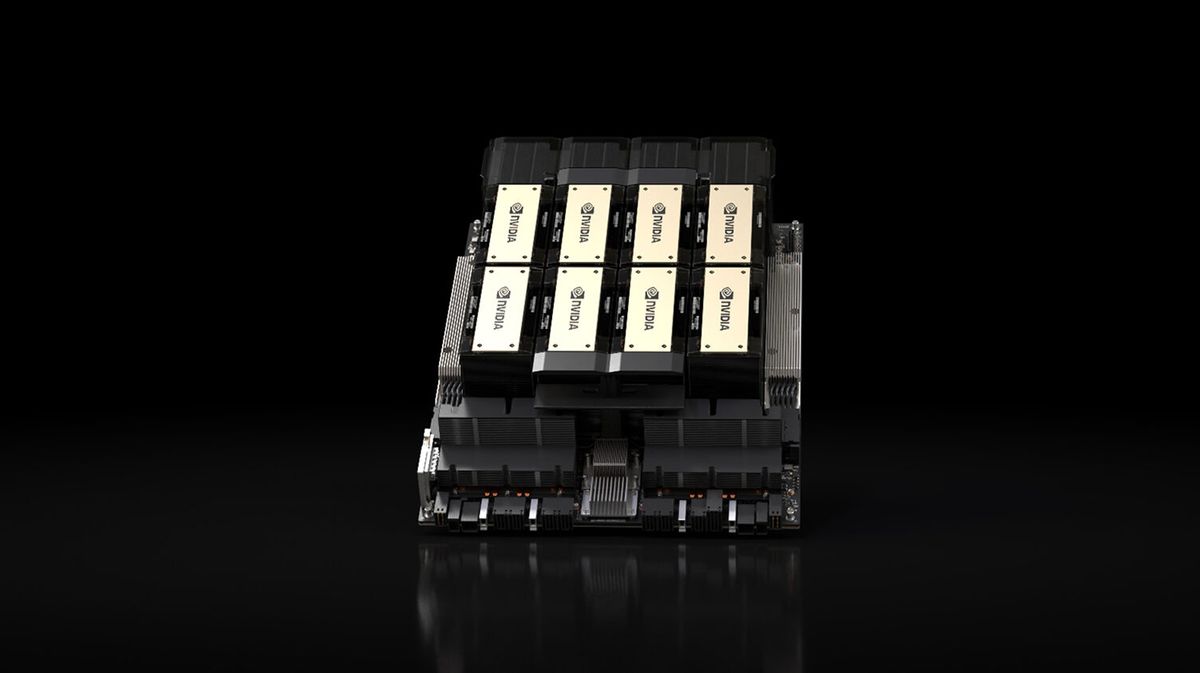

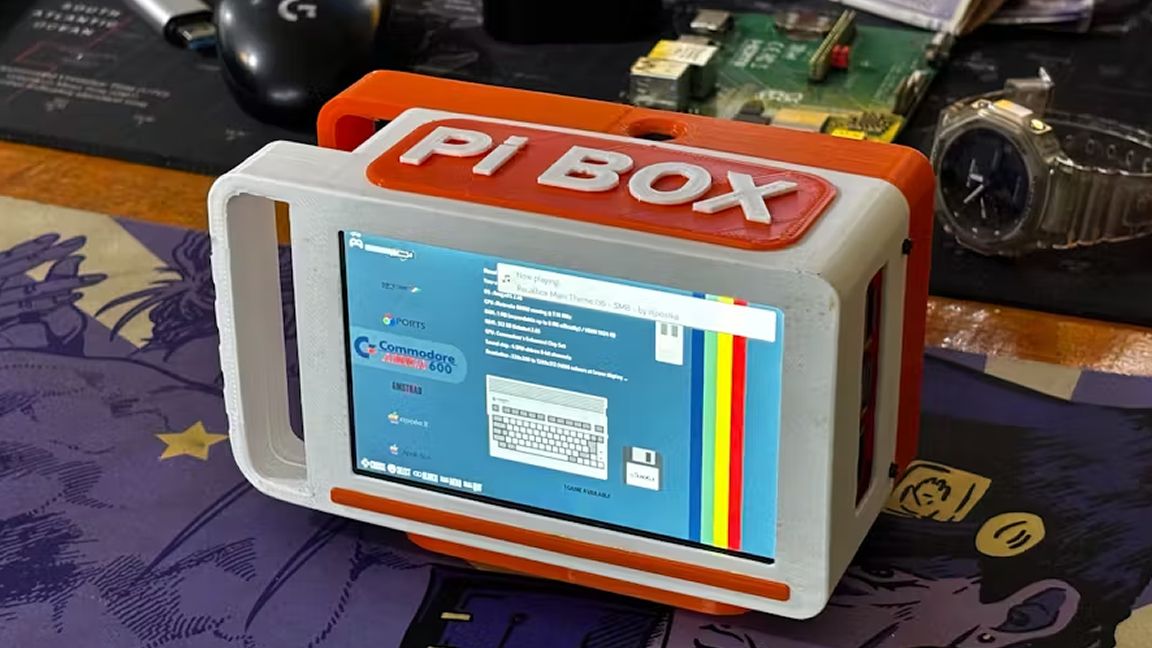


/cdn.vox-cdn.com/uploads/chorus_asset/file/25821777/DSCF4473.jpg)


 English (US) ·
English (US) ·